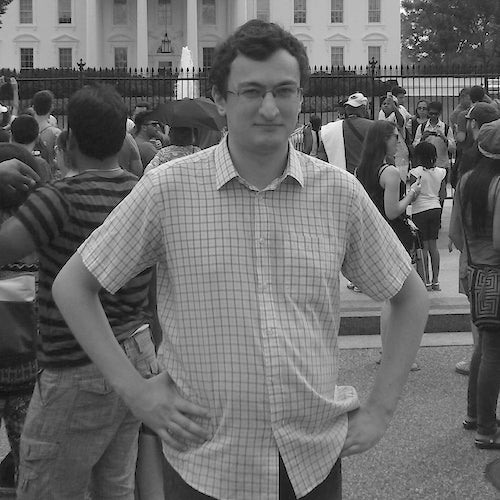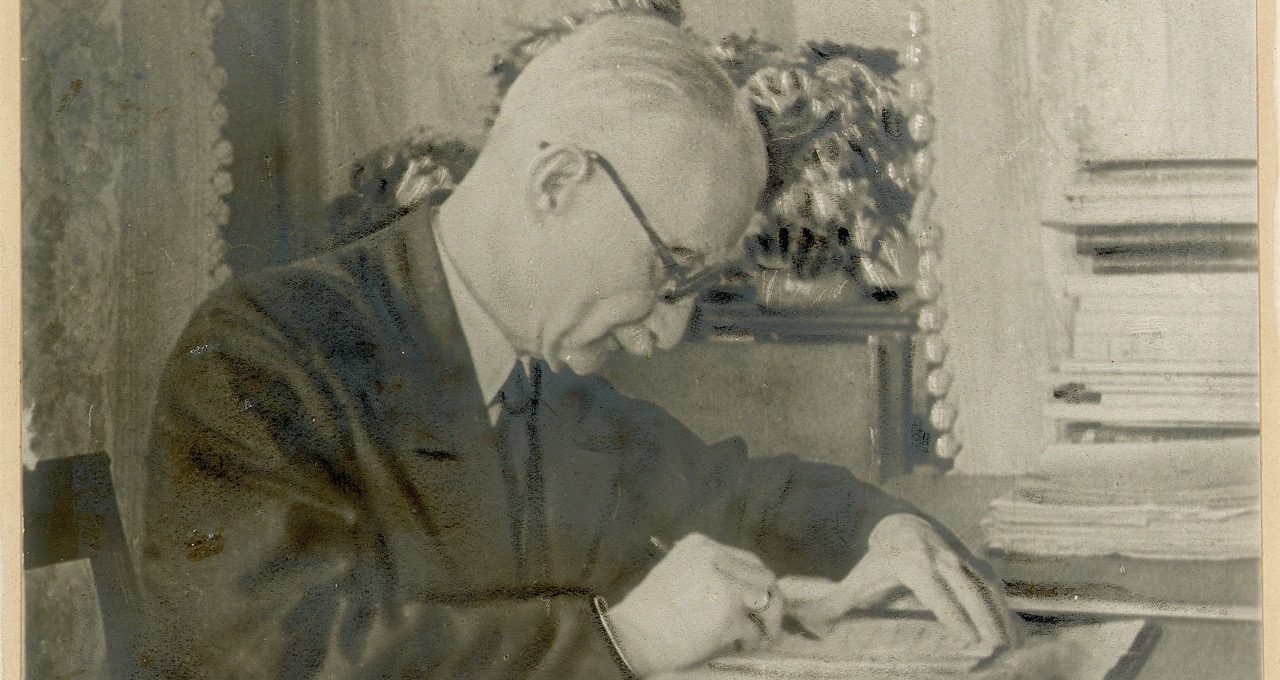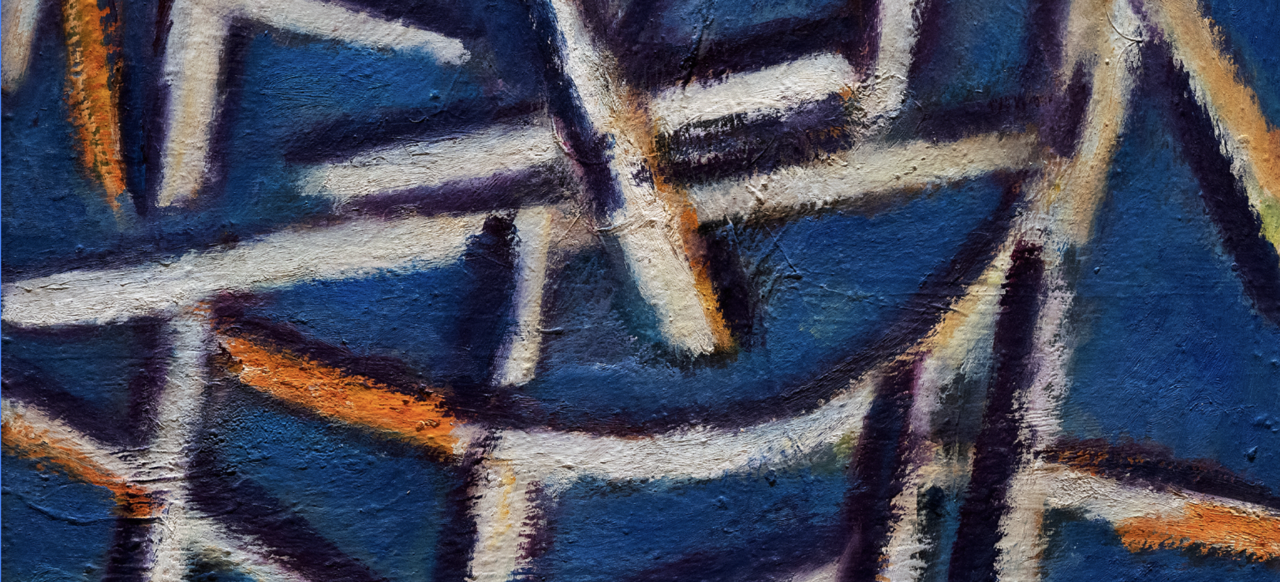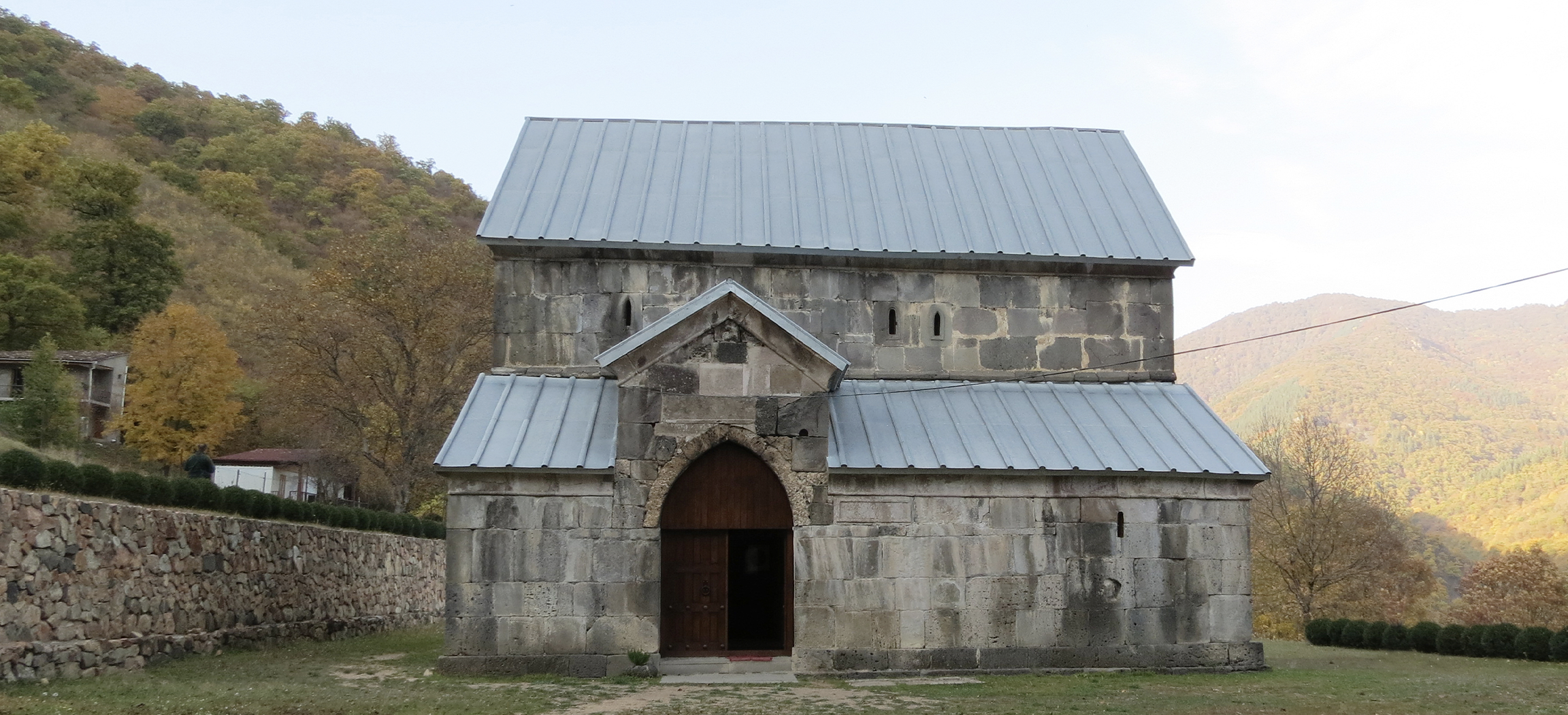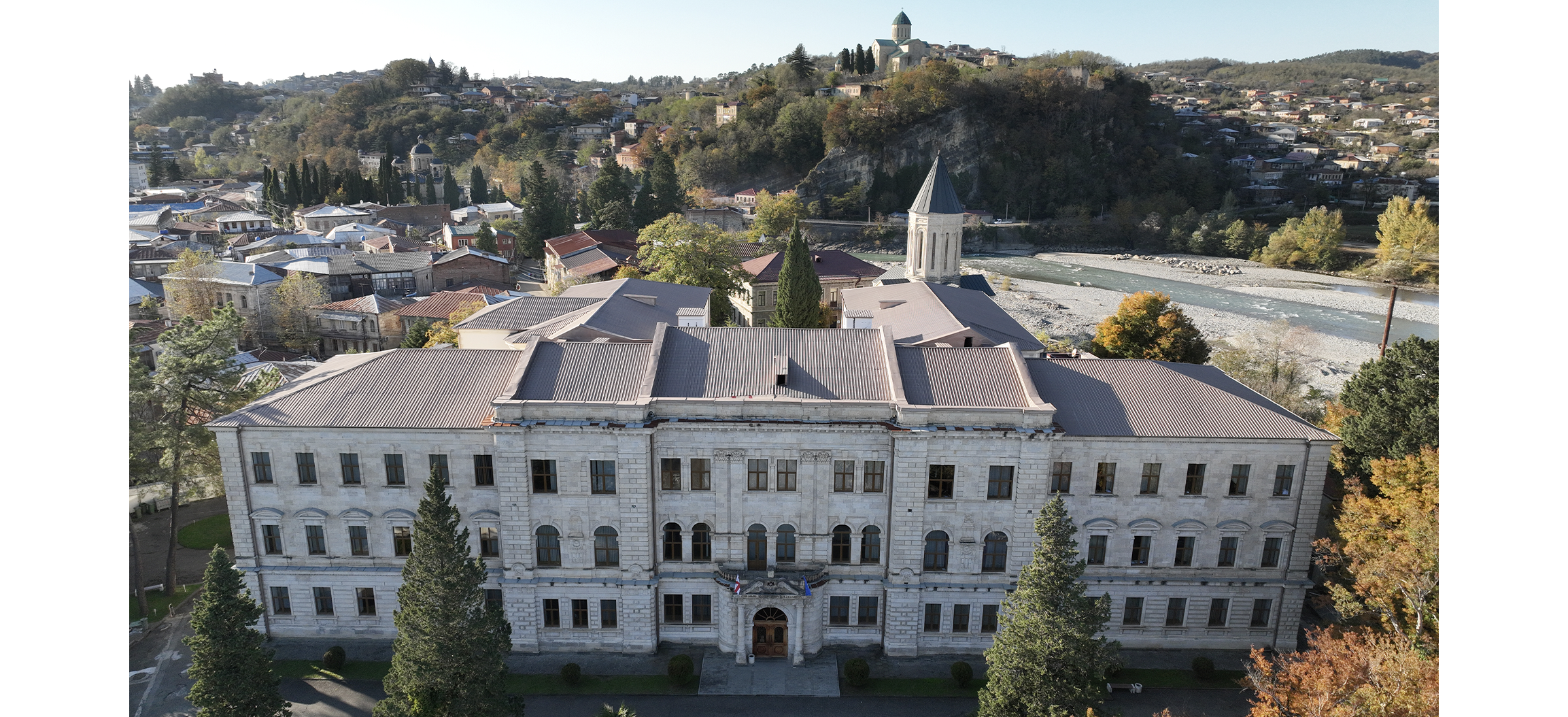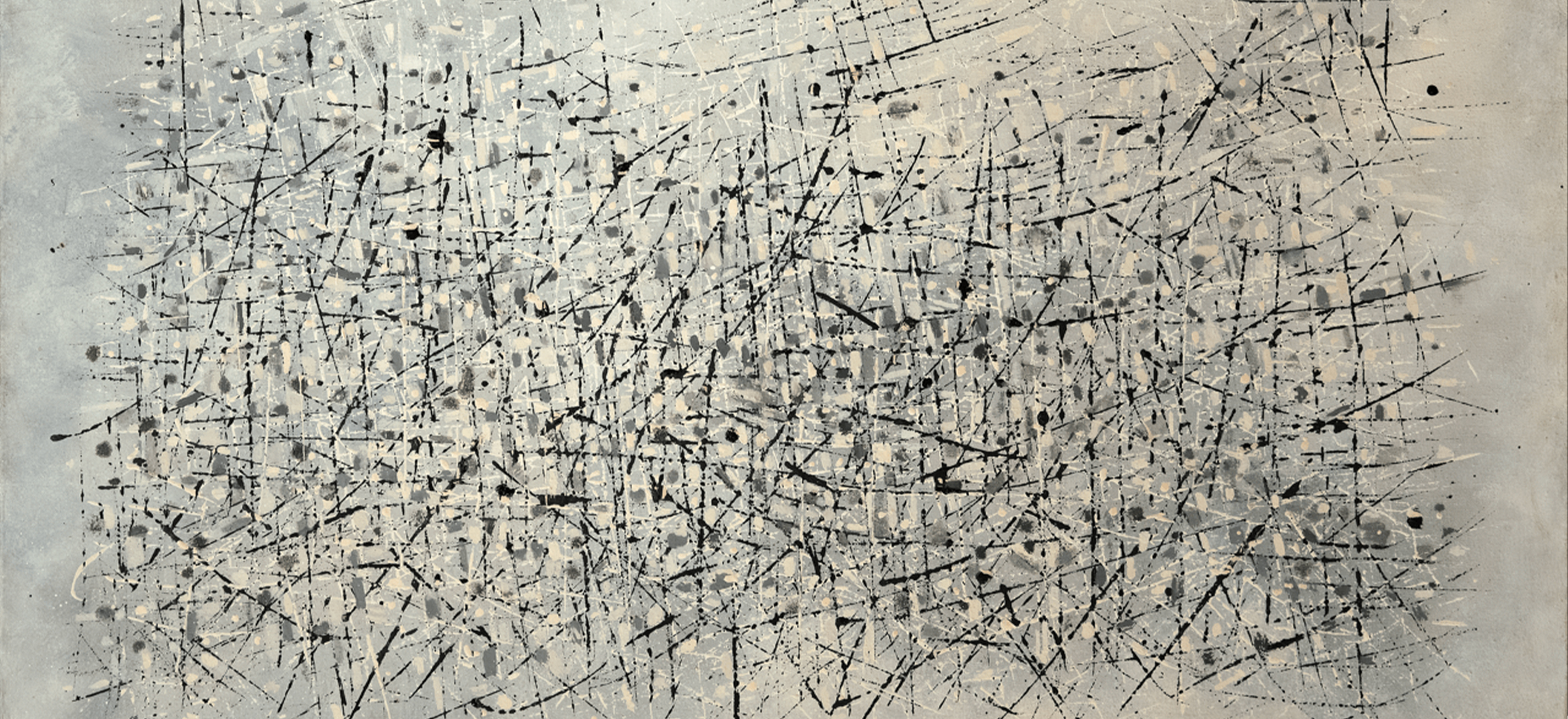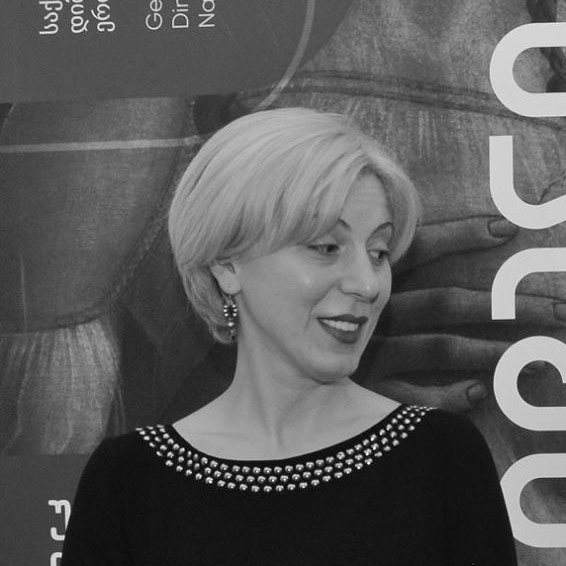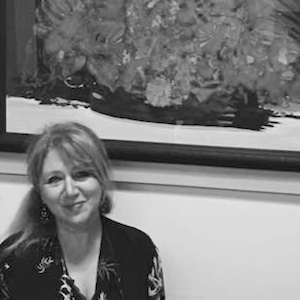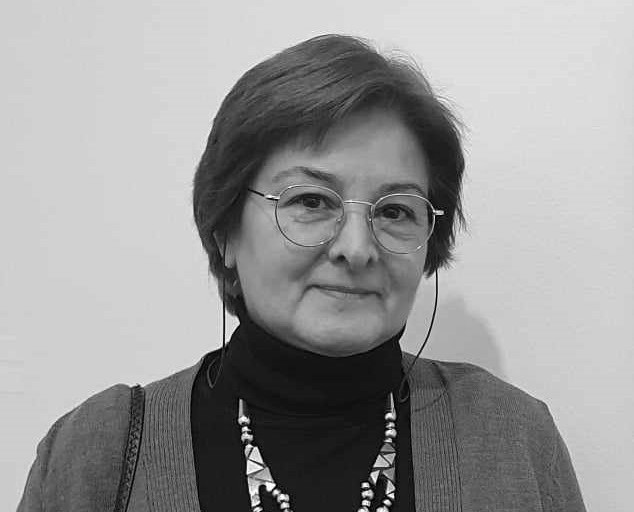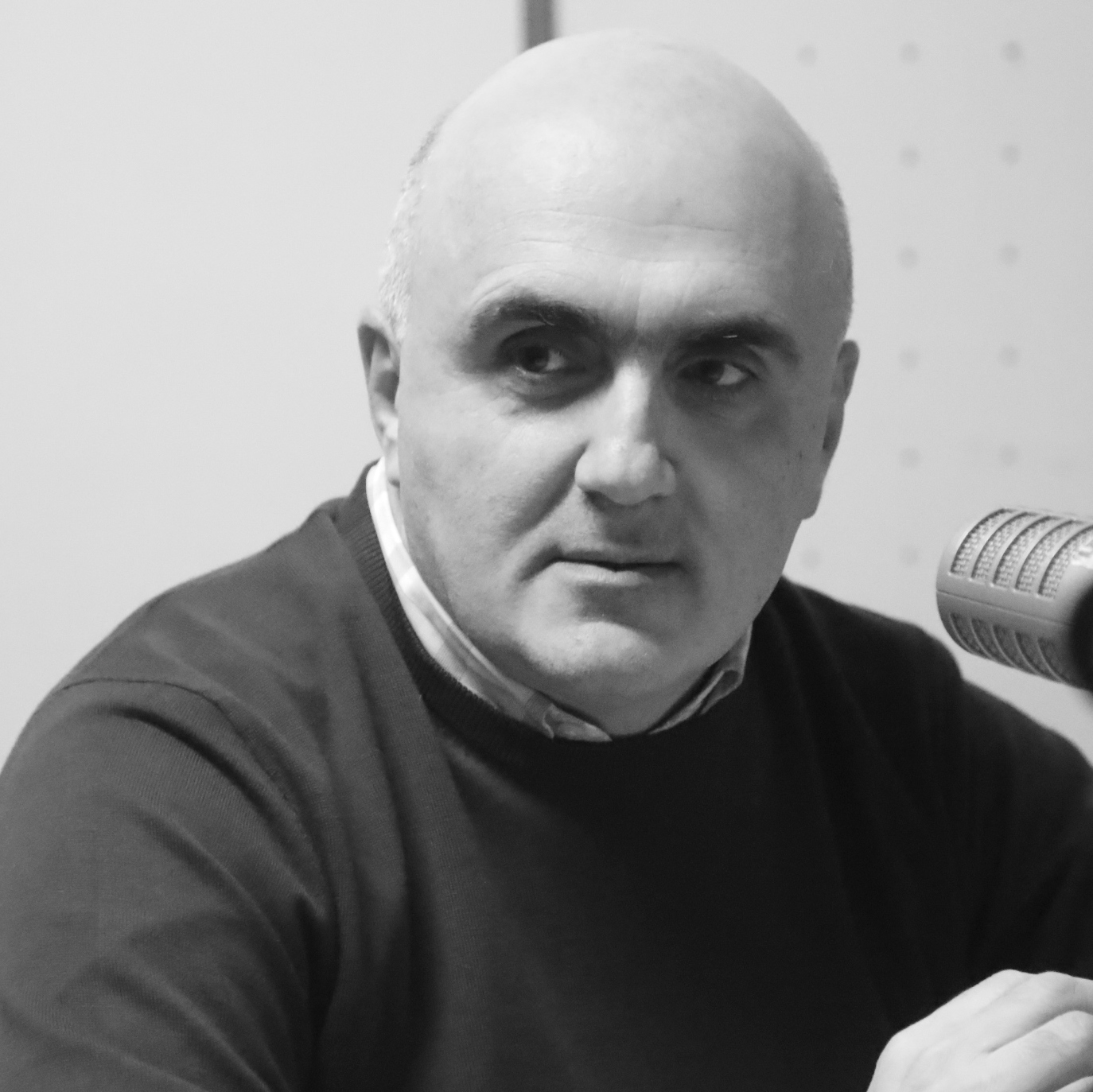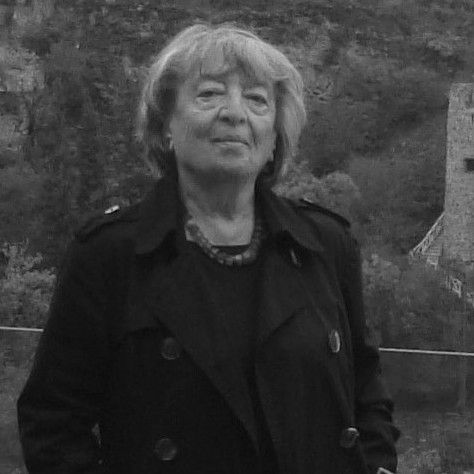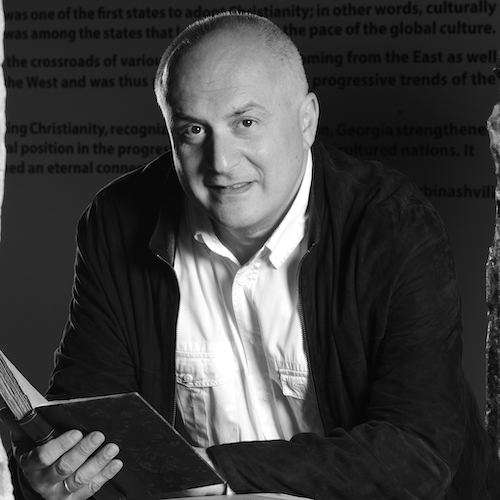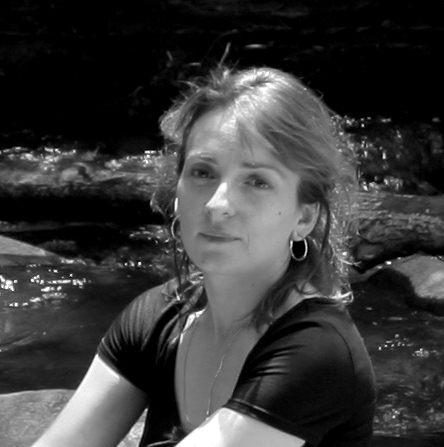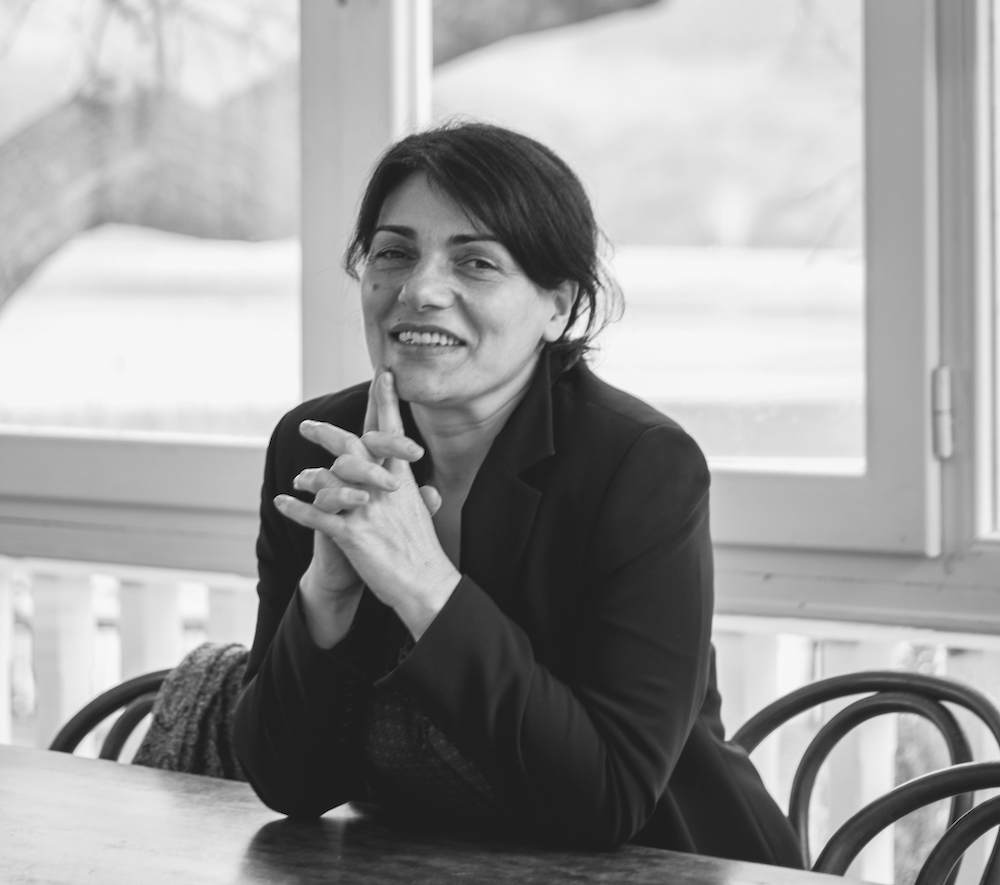Dr. Shota Matitashvili (შოთა მათითაშვილი) graduated from the Department of Humanities at the Ivane Javakhishvili Tbilisi State University in 2011. In 2014 he earned his Master’s degree at the Ivane Javakhishvili Tbilisi State University. In 2021 he earned his second Master’s degree at the Central European University (Vienna). In 2018 he defended his PhD. thesis ‘History of Georgian Monasticism in the 4th-8th Centuries’’ at the Ivane Javakhishvili Tbilisi State University. Between 2011 and 2014 he worked at the Simon Janashia Georgian National Museum. Since 2015 he has been a lecturer at the Ivane Javakhishvili Tbilisi State University.
The main topic of his academic research is Georgian medieval history; the religious, social and political history of Georgia in late antiquity; and Georgia in the context of Byzantine and Sassanid Persia.
His articles and books chiefly discuss the issues of early Georgian Christianity.
- ‘Female Asceticism in Late Antique Georgian Literature: The Origins of the Vita of St. Nino,’ Vigiliae Christianae 75 (2021): 253-277.
- ‘The Monasteries Founded by the Thirteen Syrian Fathers in Iberia: the Rise of Monasticism in Sixth-Century Georgia,’ Studies in Late Antiquity, Vol. 2. No. 1, Spring, 2018: 439 (University of California Press) http://sla.ucpress.edu/content/2/1/4
- ‘The Religious-Philosophical Foundation of Christian Asceticism, ‘Religiur-Pilosopiuri Mimomkhilveli (Religious-Philosophical Reviewer) N 6 (2018) (in Georgian).
- The History of Georgian Monasticism: Fourth and Fifth Centuries (Tbilisi, 2017) (monograph, in Georgian)
- ‘Dimitri Purtseladze at the Origins of New Church Historiography,’ Kartuli Tskarotmtsodneoba (Georgian Source Studies), N 15-16 (in Georgian). 2012 – ‘At the Origins of Georgian Monasticism,’ Sami Saunje (Three Treasures), N 1 (in Georgian).
‘The Georgian Church in the 4th Century and the first half of the 5th century, and Persian politics towards Christian Countries of Transcaucasia,’ Kristianobis Kvlevebi, N 6 (2011) (in Georgian).

